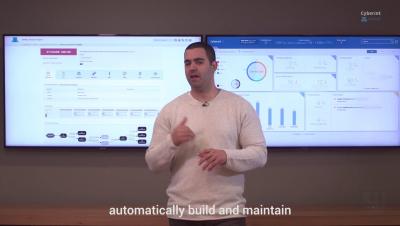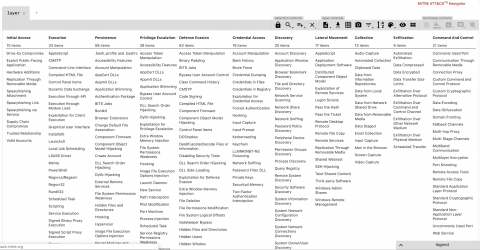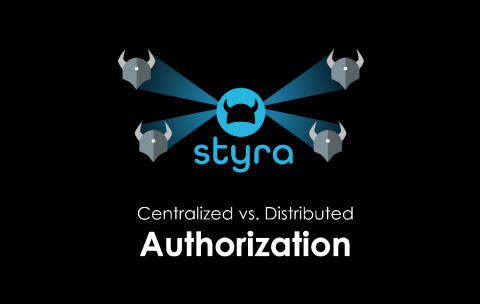Security | Threat Detection | Cyberattacks | DevSecOps | Compliance
%term
6 Common Compliance Conundrums to Know About
Cyber security assessment initiatives and frameworks abound in the US government, the most important being the Federal Information Systems Management Act (FISMA), passed in 2002. The law’s broad scope included a mandate to the US National Institute of Standards and Technology (NIST), charging it to create methods and standards to assess and optimize the cybersecurity posture of US government agencies.
Sharepoint vulnerability exploited in the wild
AT&T Alien Labs has seen a number of reports of active exploitation of a vulnerability in Microsoft Sharepoint (CVE-2019-0604). One report by the Saudi Cyber Security Centre appears to be primarily targeted at organisations within the kingdom. An earlier report by the Canadian Cyber Security Centre identified similar deployment of the tiny China Chopper web-shell to gain an initial foothold.
Bulletproof's international man of compliance
Here at Bulletproof we’re an international business. Though most of our work is in the UK, we’ve expanded our reach to places including the USA, Europe (I was in Zurich only last month) and most recently, Bangalore. Sometimes the life of a Bulletproof Compliance Consultant is as glamorous as you think.
MITRE ATT&CK framework for container runtime security with Sysdig Falco
MITRE ATT&CK is a comprehensive knowledge base and complex framework of over 200 techniques that adversaries may use over the course of an attack. While MITRE’s full ATT&CK framework is publicly available, it can be characterized into 3 key elements.
Weekly Cyber Security News 10/05/2019
A selection of this week’s more interesting vulnerability disclosures and cyber security news. After last week’s news about a part of Docker Hub being exposed, things have got just a little bit worse. One of the most popular images has a root account vulnerability. Now, with someone knowing what people have, and that there is a potential hole, a target list becomes massively reduced…
What are Internal Control Weaknesses?
A control weakness is a failure in the implementation or effectiveness of internal controls. Malicious actors leverage internal control weakness to circumvent even the most robust security measures. The wide range of internal controls, the increased number of new technologies, and the rate at which malware evolves necessitate data security control monitoring. Regularly monitoring allows organizations to test the effectiveness of their internal controls and expose weaknesses in their implementation.
The art of pushing left in application security
Today, software is being developed at a breakneck speed. Agile development and the aggressive adoption of DevOps is leading to an abundance of functionality and feature sets, or pieces of code pushed out to consumers at a record pace. These one-click opportunities may indeed get us what we want, however, the game remains the same. The Achilles Heel is security vulnerabilities, regardless of technology maturity or speed of release.
Centralized vs. Distributed Authorization: The CAP Theorem
One of the best parts of working on the Open Policy Agent at Styra is that we get to help people design authorization systems for both their platform and their custom applications. The other day we were talking someone through the design tradeoffs of authorization for their application, and the first decision they had to make was whether they wanted a centralized authorization system or a distributed authorization system. Both OPA and Styra support either, so we have no real bias.










